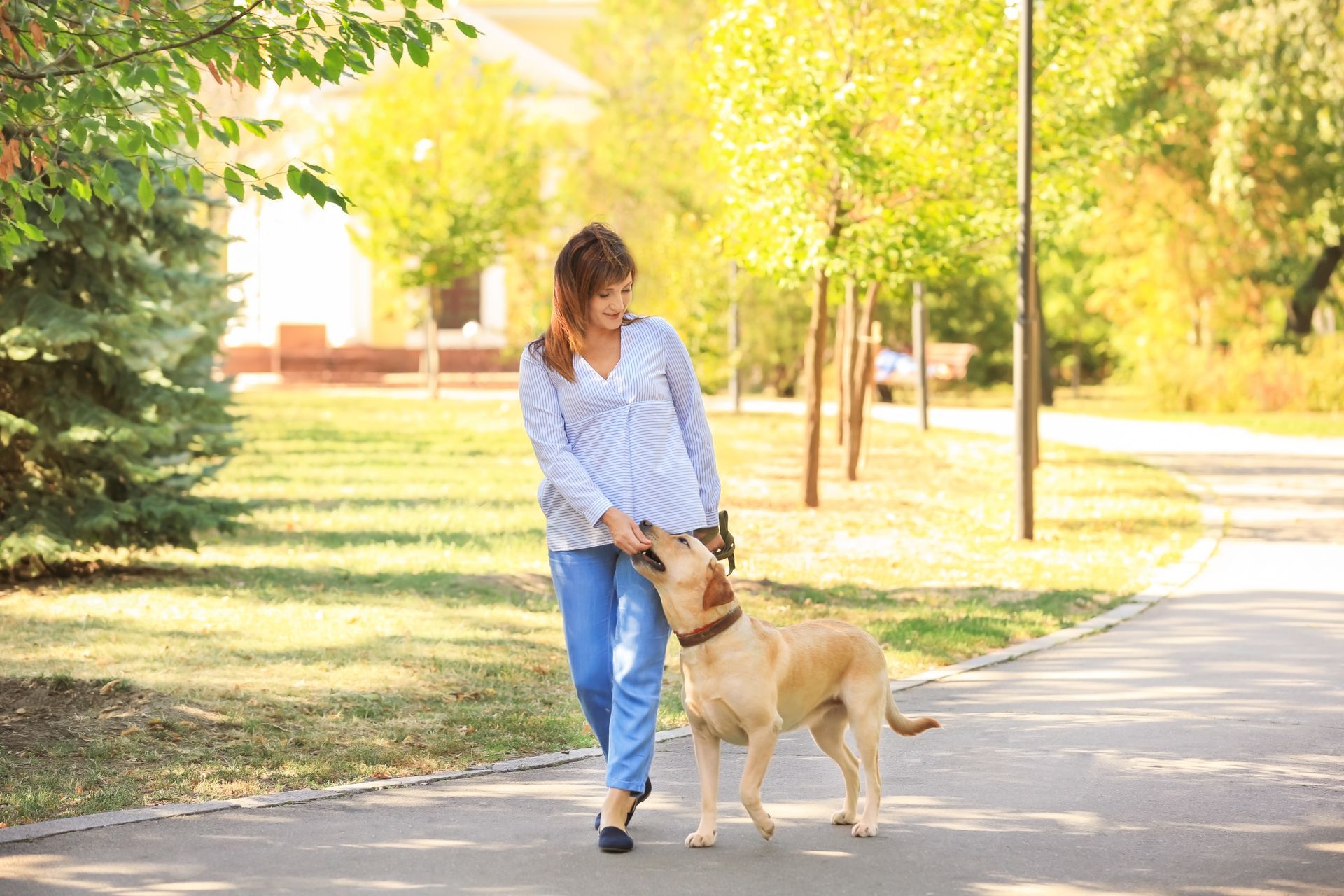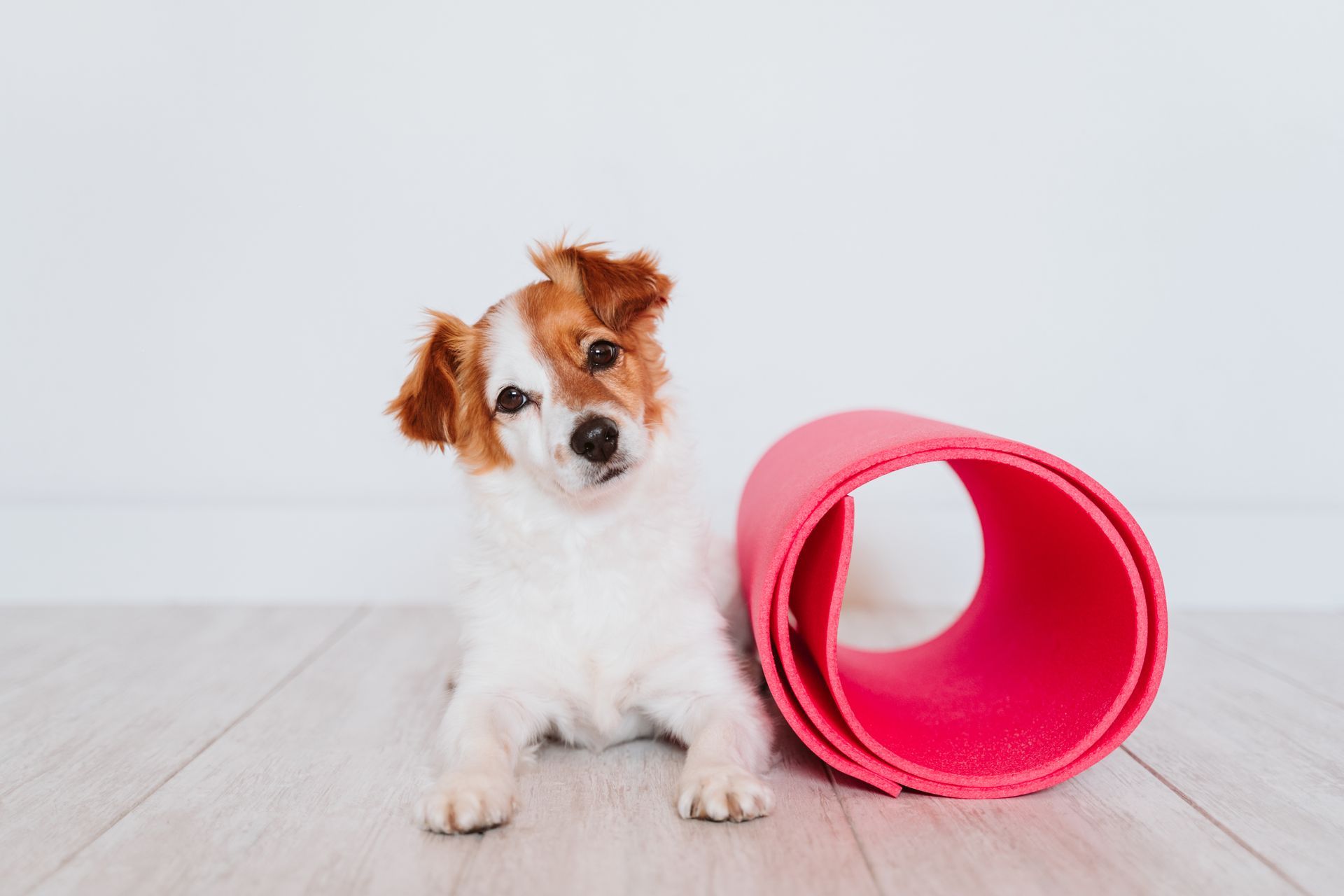Course start: spring 2025
With veterinary cooperation
This course consists of 2 modules
Module 1: Preparation for vet visits with routine examinations
- 10 hours, 3 of which with a veterinarian
- The conclusion is a visit to the vet clinic with a general health check of the dog
Module 2: Preparing to take blood (only after completing the 1st module)
- 5 hours, 1 of which with a veterinarian
- The conclusion is a visit to the vet clinic with taking a blood sample
- You have then the direct opportunity to order analyzes of the blood drawn (leishmaniasis test, full blood test, genetic tests)
Duration: The training units last 1 hour each, a lot of independent practicing at home will be necessary
Number of dogs: max. 5
Intensive course for medical training
One of the most important aspects of dog ownership is the health care of the dog. But what if the dog reacts with panic and possibly even aggression at the vet? In such a case, even the simplest examination can become the reason for immense stress. As dog owners, we are already nervous before going to the vet. Our dog notices this and gets even more stressed himself and very quickly we move in a downward spiral. It is not uncommon for this to be at the expense of the dog's health, when we chose to only go to the vet in urgent cases.
But what if our dog went to the vet with us in a relaxed manner? When he waits calmly with us in the waiting room, willingly puts out his paw during the examination, lies down or even calmly has blood drawn?
In my intensive medical training course, we make this possible. We prepare the dogs slowly and carefully for examinations. We teach them various cooperation signals that they can use to hold certain positions, but also to say when they need to take a breather. For anyone who has already taken a panicked dog to the vet, it will be clear that this training takes a lot of repetition. Therefore, it is imperative that you set aside time to train the things discussed in the classes each day at home. And depending on the dog, 5-10 minutes a day can actually be enough to continuously improve. You will also receive checklists from me after each class that show you what you should have achieved by the next group class. All lessons build up on each other so that we can have a relaxed visit to the vet together in our last lesson.
Module 1:
- Development of different positions and cooperation signals
- Holding the different positions and cooperation signals under increasing distractions
- Generalization of this training with different people and the veterinarian on the training area
- Visit to the veterinarian, training in the waiting room and weighing the dog
- For the case of exceptional situations, the calm fixation of the dog is also practiced
- Table training
Mode 2:
- Shearing and disinfecting the puncture side
- Practising different ways of compressing blood
- Simulate pressure on the punctures side
- Apply a pressure bandage








